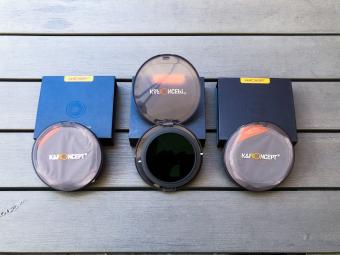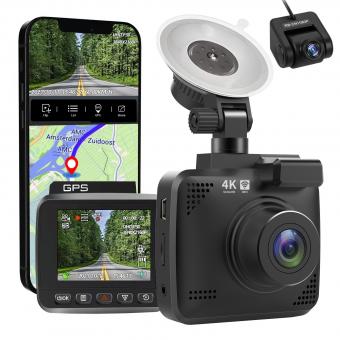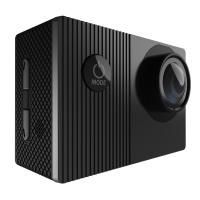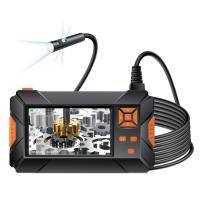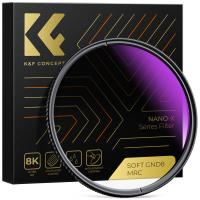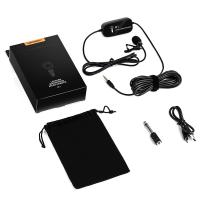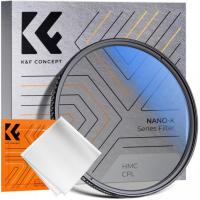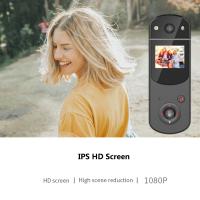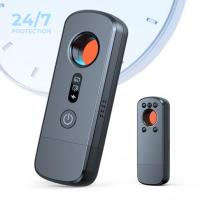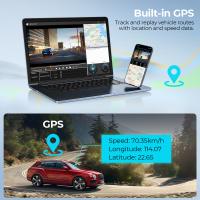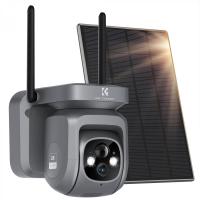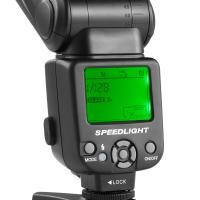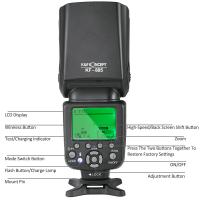Can Solar Eclipse Damage Camera?
Solar eclipses are awe-inspiring celestial events that captivate the attention of millions around the world. However, capturing these moments with a camera can pose significant risks if not done correctly. The primary concern is whether a solar eclipse can damage a camera. This article will delve into the potential risks, the science behind these risks, and practical steps to protect your camera while capturing stunning images of a solar eclipse.
Understanding the Risks
The Intensity of Solar Radiation
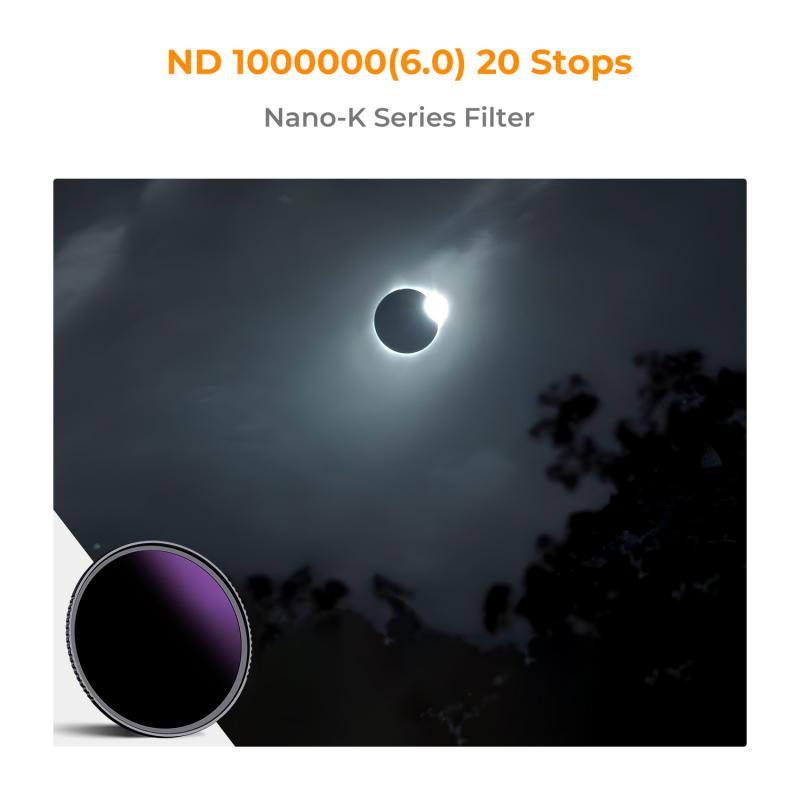
The sun emits a vast amount of energy, including visible light, ultraviolet (UV) rays, and infrared (IR) radiation. During a solar eclipse, the moon partially or fully covers the sun, but the uncovered parts still emit intense light. This concentrated light can be harmful to camera sensors, lenses, and even the human eye.
Camera Sensors and Lenses
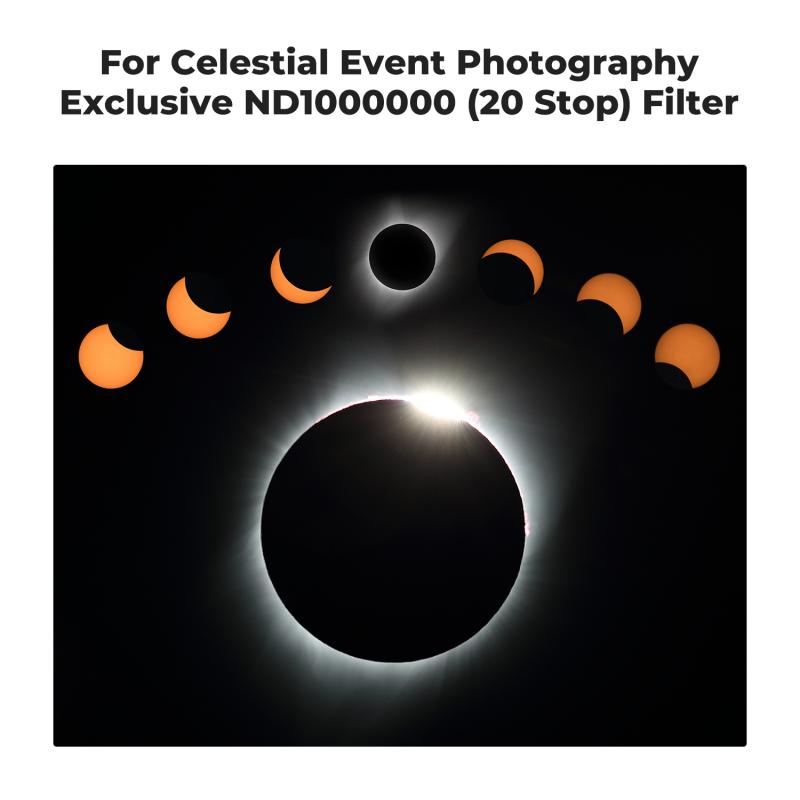
Modern digital cameras, whether DSLRs, mirrorless, or even smartphones, are equipped with highly sensitive sensors designed to capture light. These sensors can be damaged by prolonged exposure to intense light sources, such as the sun. The lenses, which focus light onto the sensor, can also suffer damage, particularly if they are not equipped with proper filters.
Potential Damages
Sensor Damage
The most significant risk to a camera during a solar eclipse is sensor damage. When the camera is pointed directly at the sun without adequate protection, the intense light can cause permanent damage to the sensor. This damage can manifest as dead pixels, discoloration, or complete sensor failure.
Lens Damage
Lenses can also be affected by the intense light of a solar eclipse. The concentrated sunlight can cause the lens elements to heat up, potentially leading to warping or cracking. Additionally, the coatings on the lens, which are designed to reduce glare and improve image quality, can be damaged by prolonged exposure to direct sunlight.
Overheating
Prolonged exposure to direct sunlight can cause the internal components of a camera to overheat. This can lead to malfunctions, reduced performance, and in extreme cases, permanent damage to the camera's electronics.
Protective Measures
Solar Filters
The most effective way to protect your camera during a solar eclipse is to use a solar filter. These filters are specifically designed to reduce the intensity of sunlight, allowing you to safely capture images of the eclipse. Solar filters should be placed over the lens of the camera and should meet the ISO 12312-2 international safety standard for filters for direct viewing of the sun.
Neutral Density (ND) Filters

While not as effective as solar filters, neutral density (ND) filters can also help reduce the intensity of sunlight entering the camera. ND filters come in various strengths, measured in stops, and can be stacked to achieve the desired level of light reduction. However, it is important to note that ND filters do not provide the same level of protection as solar filters and should be used with caution.
Live View and Electronic Viewfinders
Using the live view mode or an electronic viewfinder (EVF) can help protect your eyes and the camera's optical viewfinder from damage. By avoiding direct optical viewing, you reduce the risk of eye injury and potential damage to the viewfinder components.
Tripod and Remote Shutter Release
Using a tripod and a remote shutter release can help stabilize your camera and reduce the risk of accidental exposure to direct sunlight. This setup allows you to frame your shot and capture images without having to look directly at the sun.
Practical Tips for Capturing a Solar Eclipse
Plan Ahead
Planning is crucial when it comes to photographing a solar eclipse. Research the timing and location of the eclipse, and scout out a suitable location with a clear view of the sky. Make sure you have all the necessary equipment, including solar filters, tripods, and remote shutter releases.
Test Your Equipment
Before the day of the eclipse, test your equipment to ensure everything is working correctly. Practice using your solar filters and familiarize yourself with the settings on your camera. This will help you avoid any last-minute issues and ensure you are prepared to capture the event.
Use Appropriate Settings
When photographing a solar eclipse, it is important to use the correct camera settings. Start with a low ISO setting to reduce noise, and use a small aperture (high f-stop number) to increase depth of field. Adjust the shutter speed to achieve the desired exposure, and use manual focus to ensure sharp images.
Monitor Your Camera
Keep an eye on your camera during the eclipse to ensure it is not overheating or experiencing any issues. If you notice any signs of overheating, such as a hot camera body or warning messages, give your camera a break and allow it to cool down.
Capturing the beauty of a solar eclipse can be a rewarding experience, but it is essential to take the necessary precautions to protect your camera. By understanding the risks and implementing protective measures, such as using solar filters and appropriate camera settings, you can safely photograph this celestial event without damaging your equipment. Remember to plan ahead, test your gear, and monitor your camera throughout the eclipse to ensure a successful and safe photography session.

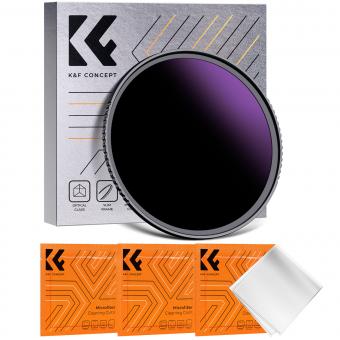

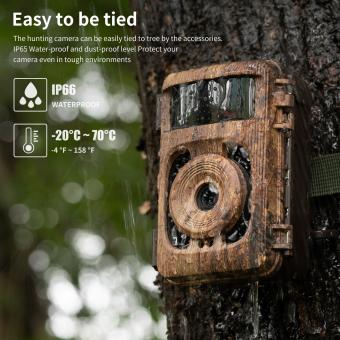
-340x340.jpg)

